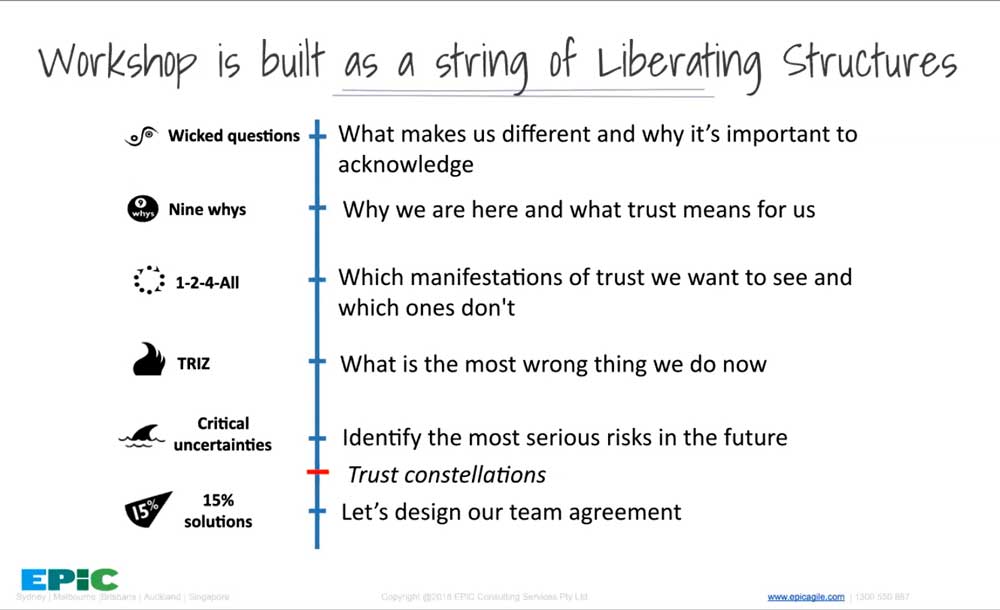
Who are we as individuals?
We thrive when we feel a sense of connection and have a community but we are also wonderfully different. Even in a team environment, understanding and appreciating our unique skills and talents are important.

Watch Brené Brown talk about the anatomy of trust here.
Personality differences create conflict, but these same differences create the diversity that expands perspectives in ways that make teams more innovative and effective.
Read more on the importance of diversity here.
“Successful teams are composed of team members who are self-aware enough to understand their own strengths, have sufficient emotional intelligence to adapt their reactions to those around them, and are intrinsically motivated to work with others to achieve things that they could not achieve on their own.” – Mastering Professional Scrum by Stephanie Ockerman, Simon Reindl
That’s why we did the 16 Personalities test to learn what drives and worries us, our strengths and weaknesses and workplace habits. But it’s not enough to discover our differences, it requires thoughtful and cognizant acknowledgement. How can we succeed in being different and preserving our authenticity and integrity? That sounds like a “Wicked question”. We used “Wicked questions” to highlight the paradoxical challenges that the team must confront to achieve our goals. Trust starts with transparency, and we surface seemingly paradoxical realities that exist side-by-side. By accepting both realities, we can engage in deeper thinking and explore new possibilities.

Why is trust important for us?
Common understanding and clarity create a compelling purpose that enables us to move ahead. “9 Whys” (Liberating Structures) helped rapidly clarify and find out why trust is important and what it brings to every and each member of the team. Trust means something different for all of us and it’s important to reveal our needs and actual vulnerabilities.
We interviewed each other and came up with a shared statement on why we want a trustful working environment.

What does trust look like?
As we scoped our trust, what manifestations of it demonstrated our desired outcomes?
Trust (and its absence) is observable, we can see behaviour which we interpret as trustful. We huddled-up around a poster “Trust is / Trust isn’t” and used microstructure “1-2-4-ALL” to make sure that all our worries are discovered. We came up with a lot of statements and the positive ones were added to a list which we kept as a reminder and as part of our social contract.

What is the wrongest thing we do now? What do we certainly want to avoid?
Let’s zoom into possible negative scenarios in order to prevent them. “TRIZ” (Liberating Structures) raises a powerful question – “What must we stop doing to make progress on our deepest purpose?”. Courageous conversations follow it and let us honestly look at what we do now.
Immediate interventions, new or corrected habits go to the social contract.

What does the field of trust look like now? What do we want to change?
We came to a point when the team is “warmed-up” and ready to explore problems in the trust field of the team. Trust constellations, which are based on systemic constellations, allow the creation of a current map of trust (relationships of factors, people and problems) and a map of the future (desired) state of trust. This tool doesn’t belong to the Liberating Structures toolset and requires an experienced facilitator to manage group dynamics and ensure that everybody is heard and respected.
The Systemic Constellations methodology uses a spatial representation of the key elements of a proposed topic for a given coaching session. Working with this representation increases awareness around the topic, provides a new range of choices and creates inner alignment, so that a team gains clarity about how to achieve their goals.
We used “Team trust canvas” trust factors as foundational elements for a trust field. The first round is run to display a current representation of the trust field and answer a question “What does trust look like now?”. During the second round, the team designed a future “What should trust look like?”.

Let’s agree with what we can do















